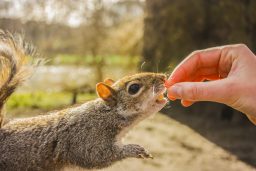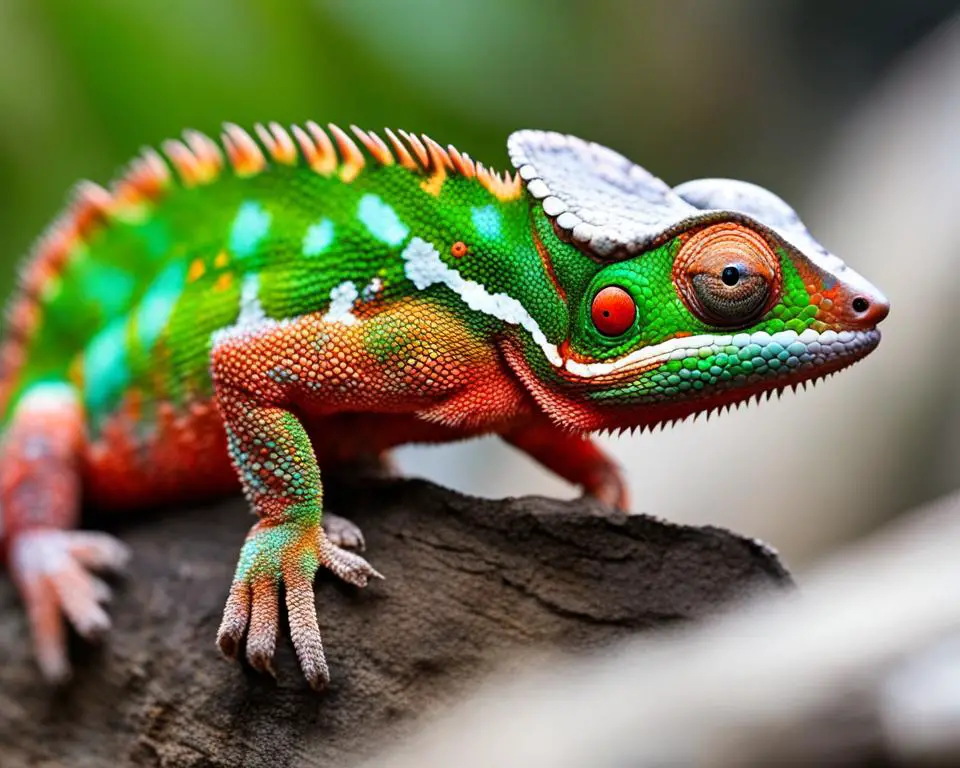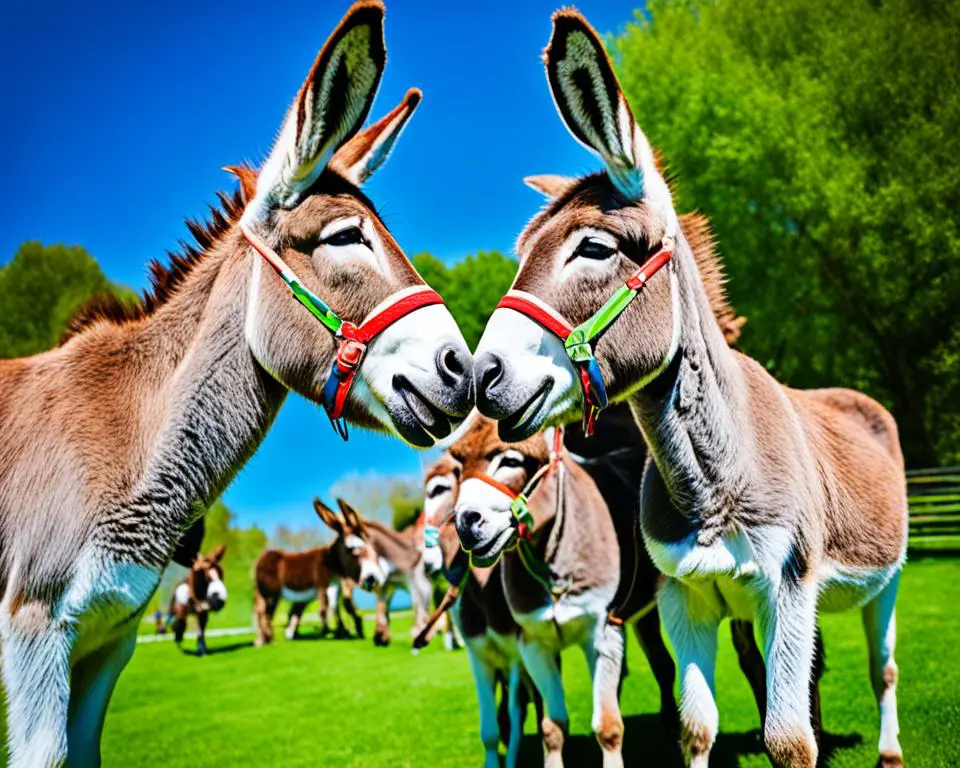Although they’re mammals and can ‘catch’ rabies off other infected mammals – squirrels don’t seem to ever get ill from it or (thankfully) pass it on to humans.
Do Squirrels Have Rabies Like Raccoons Do?

Rabies is a viral disease that attacks the brain and can be found in and transmitted to, all mammals. It is passed on through the saliva of an infected animal – so bites and scratches are the most common pathway to humans.
However, unlike raccoons, squirrels and other small rodents are hardly ever found to have the active virus in them. There have been no recent rabies cases from bites by squirrels in the U.S at all. There have been possible cases in the past though elsewhere – but are so rare as to not warrant preventative treatment (prophylaxis) on report.
The most likely animals to carry rabies are dogs, cats, raccoons, and bats – and all have caused rabies-related deaths in humans. Luckily – if treatment begins immediately – and before any symptoms – almost all cases of rabies are avoided.
Article: Do All Bats Have Rabies?
What Does A Squirrel With Rabies Look Like?
A squirrel with active rabies would be a very rare thing indeed. However, as rabies affects the brain and causes symptoms suggestive of the brain and neural disease – the symptoms would be quite noticeable.
Behaviour: Squirrels may become more agitated, bolder and display aggression when it was not needed
Falling: Coordination can be affected, so they may walk strangely and jerkily, fall out of trees and look dazed
Confusion: Due to damage to the brain – infected squirrels may well appear to be staring at things or blink a lot
Noises: Sick animals may make sounds that are inappropriate for where they are or what they are doing
Frothing: A known sign in most affected mammals as saliva is how the disease is transmitted – so it produces more
Paralysis & Seizures: Towards the end, this shows that the last stages of brain death are occurring
What Happens If A Squirrel Bites You?
If you ever get bit by a squirrel – it is good to know that they are very unlikely to have rabies. Also, a squirrel bite is very unlikely to get infected too – unlike with other animals. However, as always – think of the situation individually before dismissing it. And in any doubt seek medical advice from a doctor.
Always run it immediately under cold water to flush out the site fully. Clean and sterilize yourself if the squirrel was acting totally normal when it bit you (like it was startled, handled, or leaned on, etc). If it is a larger bite or has other particles in it – then best get a doctor or other healthcare provider to clean and treat it.
If the squirrel had no real good reason to bite you; was acting strangely (see above list); or actively came and attacked you (rather than in defense), then make sure you report this to your doctor or local hospital – as this would be classed as ‘strange’.
Also, if you report it – the hospital may well also have had other reports of rabies outbreaks or captured and identified rabid animals in your area. This obviously creates a much better picture of your individual risk from that single squirrel bite. Rabies can’t be treated once the symptoms start – so planning ahead and connecting the dots is vital for its local (and national) prevention.
Do Squirrels Carry Other Diseases?

Absolutely, squirrels carry other diseases. They can have some really dangerous ones too like typhus and the plague – but often don’t of course. Most likely problems from touching wild squirrels would be with ringworm, or through parasites – including Lyme’s disease and Rocky Mountain spotted fever.
It is always advised for people not to touch wild animals – particularly those who look ill or are already dead as something contagious could be the reason for that of course!. People do eat squirrels too – but usually, they prepare them carefully and cook them well so avoid such issues.
There are also other common health concerns that can be caused by the presence of squirrels rather than the animals themselves. These include respiratory illness from accumulated feces, damaged insulation, or other debris in your home or chimney – quite common. Also damage to structures can be costly – especially if it makes the building no longer waterproof. Squirrels will chew at anything too – so it isn’t unheard of for them to cause wiring issues that lead to fires.










